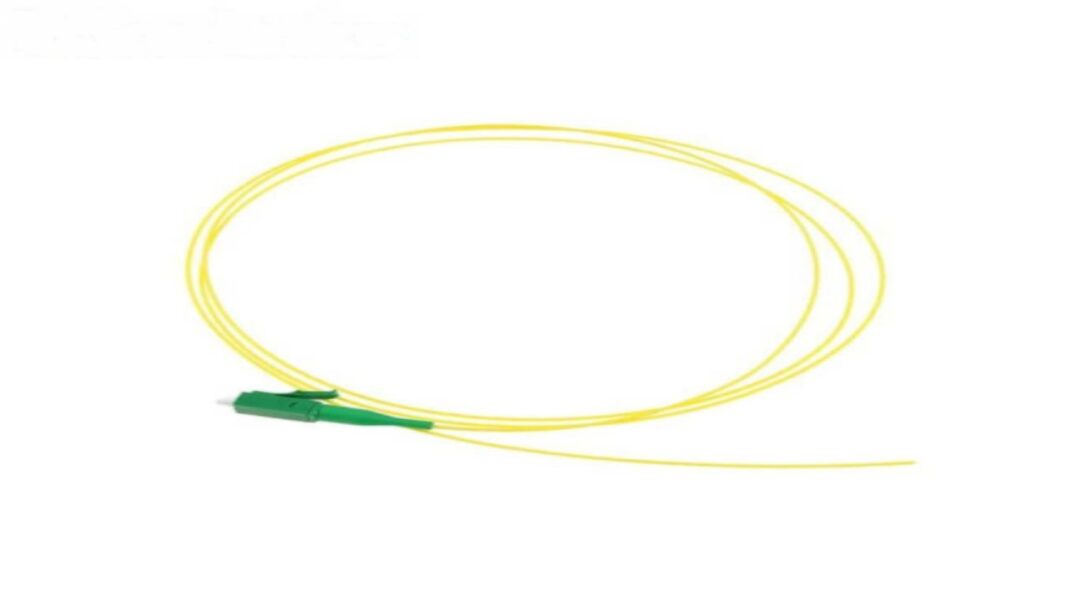In the realm of digital communication and technological growth, the significance of fiber optic product suppliers is intensifying. They are pivotal in addressing the exponential increase in demand for fast, high-quality connectivity, forming the cornerstone of our global digital network. Visit the bonelinks to learn more.
A Primer on Fiber Optics
The technology of fiber optics essentially centers around transmitting data as pulses of light through a flexible and transparent fiber composed of glass or plastic. This process hinges on the principle of total internal reflection. When light strikes the boundary between two mediums at a specific angle, it is wholly reflected back into the originating medium, ensuring that light travels the length of the fiber optic cable with minimal signal degradation.
The advantages fiber optics offer over traditional copper cables are multifold. To begin with, fiber optics provide much higher bandwidth, enabling them to carry a significantly larger amount of data. Furthermore, fiber optic cables are immune to electromagnetic interference, offering a more secure and stable data transmission. Additionally, they are lighter and more compact, making them ideal for installations where space conservation is crucial.
Contemporary Developments in Fiber Optics
In response to the escalating need for more efficient and reliable data transmission, fiber optic technology has witnessed remarkable advancements. High data transmission rates are becoming the norm with the introduction of innovative techniques like multi-core fibers and wavelength-division multiplexing. These advancements essentially amplify the volume of data that can be transmitted simultaneously through the fibers, greatly enhancing bandwidth.
In addition, the fiber optic industry is seeing an uptick in fiber density. This means more fiber connections can be accommodated within the same space, thus boosting network capacity. The development of new fiber materials is also underway, promising to improve efficiency, reduce costs, and make deployment simpler.
Future Innovations and Opportunities
The domain of fiber optics is teeming with future possibilities and innovations. A particularly noteworthy development is the potential use of fiber optic cables as sensors, capitalizing on their interaction with light to detect changes in temperature, pressure, and strain.
Furthermore, the field of integrated photonics, which involves controlling photons on a single chip, promises to drastically transform computing and communication. This could lead to faster and more energy-efficient systems. We can anticipate ultra-high-speed connections becoming the standard, greatly outstripping our current capabilities.
Additionally, the melding of fiber optics with emerging technologies such as 5G and the Internet of Things (IoT) is set to spur innovation and unfold a myriad of new possibilities. The advent of 5G networks will only amplify the demand for fiber optics, as they are integral to supporting the increased data rates and reduced latency that 5G requires.
Conclusion
The world of fiber optics, grounded in the principles of total internal reflection and light transmission, has revolutionized our digital landscape. Offering benefits such as superior bandwidth and immunity to electromagnetic interference, fiber optics overwhelmingly outperform traditional copper cables. As we look forward, it’s evident that fiber optic product suppliers will continue to play an increasingly critical role. With potential future advancements like fiber optic sensors, integrated photonics, and collaborations with 5G and IoT on the horizon, the future of fiber optics is compelling and teems with immense potential. Consequently, staying informed about these advancements is imperative for anyone involved in the tech industry.














